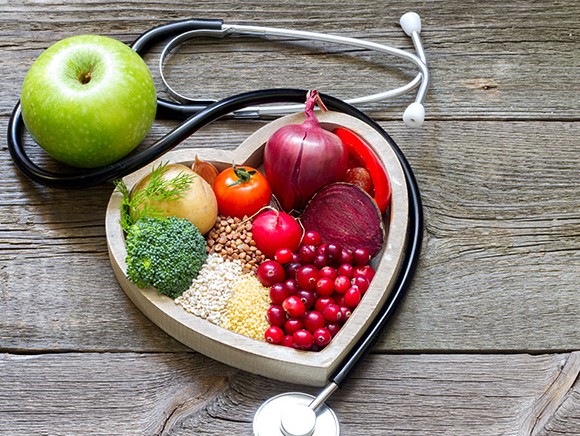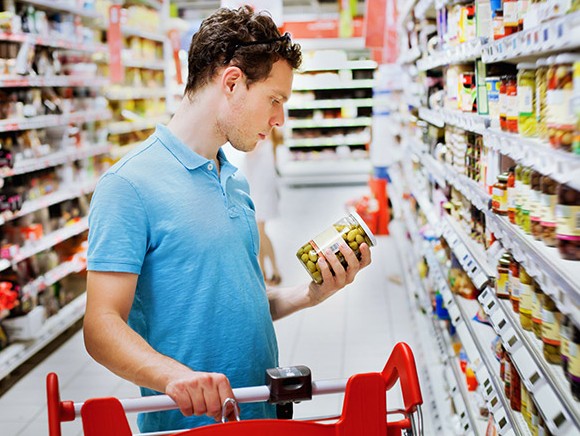
Higher consumer spending and an increase in exports resulted in revenue growth for the Dutch food sector in 2016. Notably, the sustainability trend that started a while ago seems to be accelerating. Consumers are paying more and more attention to where their food has come from, and health remains important. Dutch bank ABN AMRO expects these trends to continue in 2017 and 2018.
A study by ABN AMRO in conjunction with GFK reveals that consumers – and especially the older generation – are paying more attention to the origin of their food. “Consumer eating habits are changing rapidly and are increasingly difficult to predict,” signals Nadia Menkveld, sector economist at ABN AMRO in the recently published report called Prognose Food 2017.
But other factors are playing a role too: “Convenience is crucial on supermarket shelves, but we’re also increasingly willing to spend hours in the kitchen to make the perfect soup or lasagne. We’re keen to see the reappearance of real and authentic products on our plates, but Food 2.0 is also emerging: cultured meat and 3D-printed food is increasingly gaining a foothold. We are flexitarians, vegetarians and climatarians, but we also still love the occasional real-meat hamburger. We’re on the look-out for ever-more exotic superfoods, but we also pay close attention to the origin of the products we eat. Furthermore, single-person households will play an even bigger role in influencing what supermarkets carry, especially in terms of products that respond to the need for convenience. The number of single-person households has risen by 20% over the past decade and this number is expected to increase further, with a particularly steep rise in the older age category. At the other end of the spectrum we have the millenials or the ‘boomerang generation’ who are still living with their parents and have relatively high spending power. So it’s more difficult to define ‘the consumer’.”
Despite the unpredictability of consumers, things are going well for the food industry; according to the report, production rose by 4% in 2016, marking the fourth consecutive year of increased production in the sector. This means that the food manufacturers have outperformed the overall industry, which achieved a 3% increase in production. Food industry turnover has risen too, albeit at a much lower level than production. The total food industry revenue grew by half a percent in 2016; the domestic turnover dropped, but an increase in export sales resulted in an overall rise.
‘Consumer eating habits are changing rapidly and are increasingly difficult to predict’
Meat consumption has been in decline in the Netherlands for a number of years, which is at odds with the global trend. In regions such as Asia meat consumption is actually increasing; a high rate of population growth and increasing affluence is driving demand for meat. That is reflected in the export statistics too. In 2016, meat exports to European countries declined by 1%, while exports to Asia were up by 42%. For consumers in north-western Europe, health and sustainability issues relating to meat consumption are key motivators to reduce their meat intake. As a result, less meat was sold through Dutch supermarkets in 2016. The decline was most dramatic in game products, but sales of cooked meat products also fell. Strikingly the revenue figure rose, which could indicate the sale of more high-end and hence expensive meat products.
When it comes deciding whether to eat meat, Dutch consumers are strongly influenced by growing concerns about the environmental impact, and animal welfare can also be an important factor in their choices. This is reflected in a steep rise in the sale of meat concepts with a Beter Leven (‘Better Life’) quality seal compared with conventional meat products. For 2017, the bank does not expect Dutch meat consumption to grow and the volumes are likely to remain under pressure in the rest of Europe too, so the growth will once again mainly have to come from Asia in 2017. The high quality and good reputation of the Dutch food industry gives Dutch manufacturers a competitive advantage over the Asian meat industry, which mainly competes on price.

On balance, ABN AMRO forecasts 1.5% revenue growth for the Dutch food industry in 2017. A slightly higher improvement is predicted for food wholesalers (2%), driven by the popularity of Dutch products and the GDP growth in the EU. After all, food wholesalers are extremely dependent on exports.
Source: Foto hart: ©udra11/shutterstock.com , foto winkel: ©Ditty_about_summer/shutterstock.com